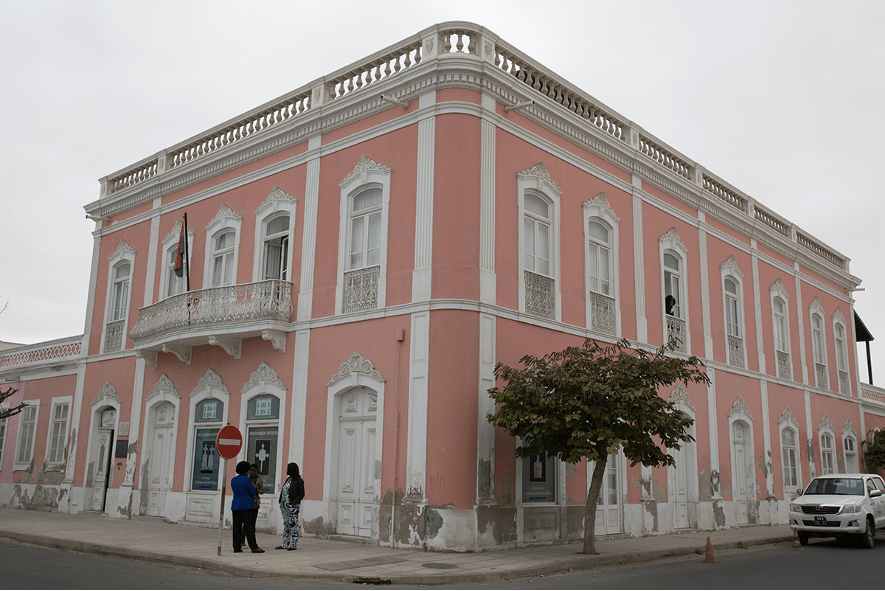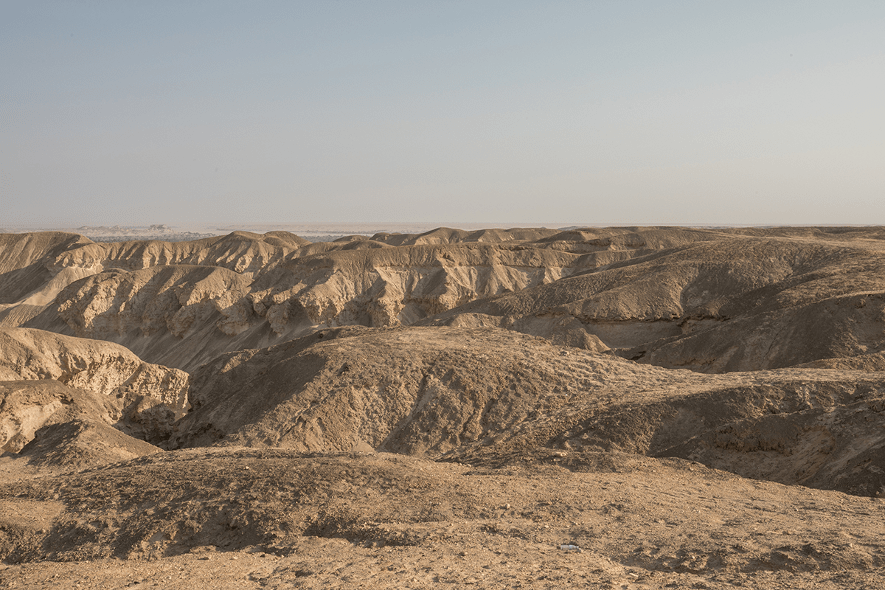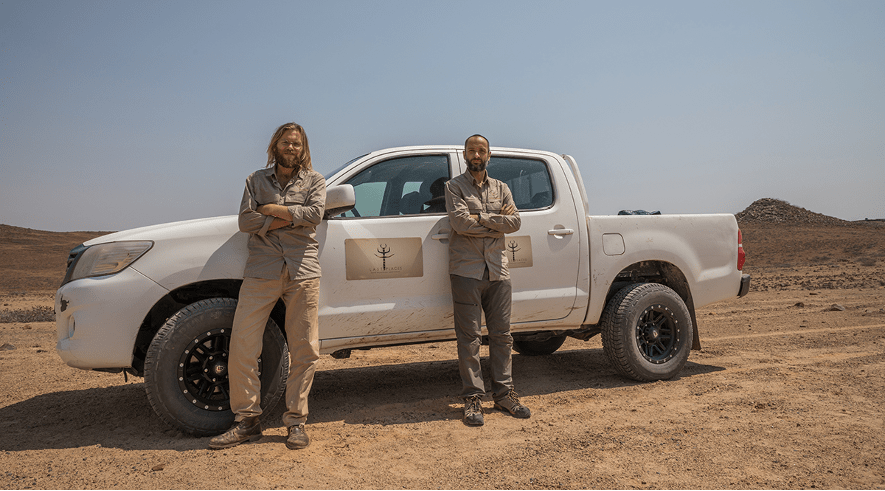In 2014 I visited Namibia for the second time. I saw a far more touristic country than what I remembered and a lot of movement of safari vehicles near Etosha National Park. But that prospective trip was not focused on Namibia but on the mysterious country on the other side of the Cunene River; Angola. Getting a visa back then quite difficult but if you want something, you get it and there I was and my expedition crew crossing the border. We were received by Chitado, a small colonial town in the process of reconstruction (the Civil War had ended in 2005), and I fell in love. The center of Chitado was occupied by an empty quasi-Olympic swimming pool... around it were Vietnamese workers, officials wearing the shirt of the MPLA Party (Popular Movement for the Liberation of Angola) and tribal people that I had never seen. Love at first sight.

Six years have passed since that emotional impact and I like to present Angola as the new Ethiopia for three reasons: First, like Ethiopia, it is a beautiful country full of contrasts, with desert giant dunes, stunning rivers, misty mountains, and impenetrable jungles. Second, like in the Ethiopian Omo Valley, you have a huge diversity of traditional tribes inhabit its territory and are barely known to the outside world. Third, and that is why I have named Angola the new Ethiopia, is because Angola is beginning to have the same success Ethiopia had fifteen years ago. Angola’s path to international exposure has just began and Last Places has decided to bet on this unique destination. We will look back to understand the way forward, avoiding the mistakes of the Omo Valley’s massive and unsustainable ethnic tourism. Everything is possible in Angola.

After six years operating as an Anthropologist and tour guide in Angola I have classified sixteen different cultural groups in just three southern provinces. Some of the tribes I had located in ancient colonial texts had already been westernized or had moved to Namibia due to the war. I have had the chance to visit all the different tribes until I was left just with three to meet. Two remote tribes that we visited in 2019: We are talking about the Kwando and the Tjimba, and a third tribe called the Humbi near the Namibian border. I'd seen old postcards (1930s-1950s) of the incredible hairstyles of Humbi women. The issue was to know if they still wore those hairstyles in the form of large wheels or parabolic antennas as they are popularly known or had been westernized like other tribes in the region. It was in the Xangongo region where one can admire the largest baobabs on the African Continent that I was told that these special hairstyles were still alive but only during the initiation rituals of the girls. These where bittersweet news since on the one hand I realized that it was another tribe that had stopped using the traditional hairstyle on a day-to-day basis but on the other hand it had not been completely lost and was kept for ceremonies. After a couple of days of research we found an area of great beauty, full of large millennial baobabs where there were three women who knew how to do this type of hairstyle. One of them, Senora María wore a kind of wig made of original natural hair from the Humbi tribe. What good news! Parabolic and crest-shaped hairstyles were common in that area, I saw 16-year-old girls walking around showing the classic parabolic headdresses… just like in the pre-independence photos and several older women were still wearing the original headdresses. Once again Last Places team had made a cultural discovery to share with travelers interested in the World’s last tribes.

Another cultural aspect that Last Places likes to value is the architecture of the countries where we operate. Angola in that sense is a treasure. In 2018 we organized a trip focused exclusively on architecture, both traditional folk architecture (vernacular architecture) and colonial architecture. The trip was a success and we learned many things about the Art Deco style that can be admired in Angola. Outside of Luanda and Lobito in the north, the two great urban centers to enjoy Decó-style colonial architecture are in the semi-desert south. In the cold Huila Plateau we find the ancient city of Sa da Bandeira, currently Lubango with excellent samples of Art Deco architecture. We are talking about the municipal market, Radio Huila, the Odeón Cinema and the 1936 Catholic Cathedral, among other government and popular buildings.

In the middle of the Namibe desert, we find another urban center standing in time. It is Moçamedes currently Namibe that transports us to Havana or Asmara in Eritrea. Perhaps the most iconic Art Deco building is the Moçamedes Cinema-Theater in the middle of the main boulevard, but the Cine Impala also stands out, the Port offices with a beautiful ceramic mosaic on the facade, the abandoned service station near the train station and the residential neighborhood around the cathedral. Strolling through the streets of both cities is like traveling through time. The Civil War (1975-2002) slowed down the country's economy, and that in part allowed this architectural legacy to be preserved almost intact to this day. At Last Places we bet on art and the preservation of architecture. We see responsible tourism as a realistic way to value an often reviled heritage.
